CTA is proud to honor six 2020 finalists from California, who are all CTA members, for the Presidential Awards for Excellence in Mathematics and Science Teaching (PAEMST). The awards, administered by the National Science Foundation, are the nation’s highest honors for K-12 teachers of science, technology, engineering, mathematics and computer science. These educators are teachers and mentors who have risen to the top of a talented group of statewide mathematics and science educators.
(Note: CTA recognizes STEAM and the importance of arts education, but for this article we use STEM, the official award designation.)
“On behalf of our 310,000-member union, I send a heartfelt congratulations to our six finalists. The future of STEM looks bright thanks to the dedication and hard work of these amazing educators, who are molding the minds of future changemakers. Educators lay the foundation of success for our students, and it is why we must continue to invest in programs that support STEM,” said CTA President E. Toby Boyd.
In the most recent competition, the participants were all elementary teachers. Nominations for STEM teachers in grades 7-12 are now open and will close on March 1, 2021. Applications are now open and must be completed by April 1, 2021. For more information about PAEMST, visit paemst.org.
Math Finalists
Anamarie (Mia) Buljan (Hayward Education Association), Fairview Elementary, Hayward Unified School District, Hayward. Mia has been teaching for 24 years. She has been a district Math Coach as well as the Coordinator of Professional Development and the Director of Primary Education for the Silicon Valley Mathematics Initiative. She’s written yearly tool kits for teachers to guide the analysis of student work for the primary Mathematics Assessment Resource Service assessments.
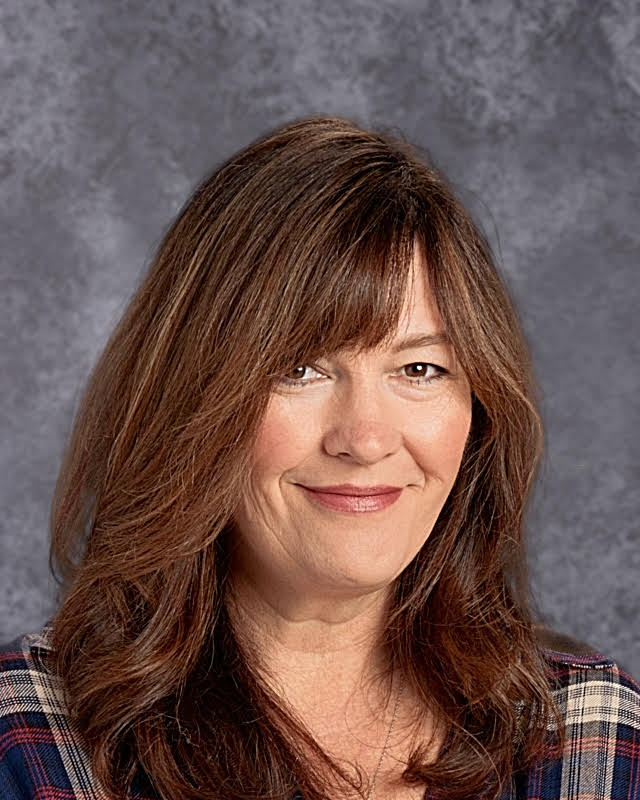
Ms. Buljan believes being competent in STEM areas of study creates future opportunities in which schools and careers students might choose. Even if a student does not choose a future career or degree in a STEM area, they will use the foundation of STEM education — critical thinking, curiosity, problem solving, creativity, and seeking connections — in whatever they decide to do or create. Her hope for the future of STEM education is that all students will have quality experiences that inspire them to use what they’ve learned to change the world in positive ways.
“Teaching remotely over the last year has certainly offered challenges. There were bumps at first, but our students are stars, and some of what we are doing now I will be bringing back to my in-person classroom,” said Buljan.
Khamphet Pease (San Diego Education Association), Wilson Middle School, San Diego Unified School District, San Diego. Khamphet has been teaching for 14 years and is currently a sixth grade Science, Technology, Engineering, and Mathematics (STEM) teacher. At her site, she is teaching Introduction to Coding; Gateway to Technology: Design and Modeling, Automation and Robotics; and Computer Science for Innovators and Makers. Khamphet is a champion for underrepresented girls in the STEM fields. From 2014 to 2016, she mentored 16 high school girls from schools across San Diego County to design, program, and build a microlab experiment that was deployed to the International Space Station to test zero gravity.
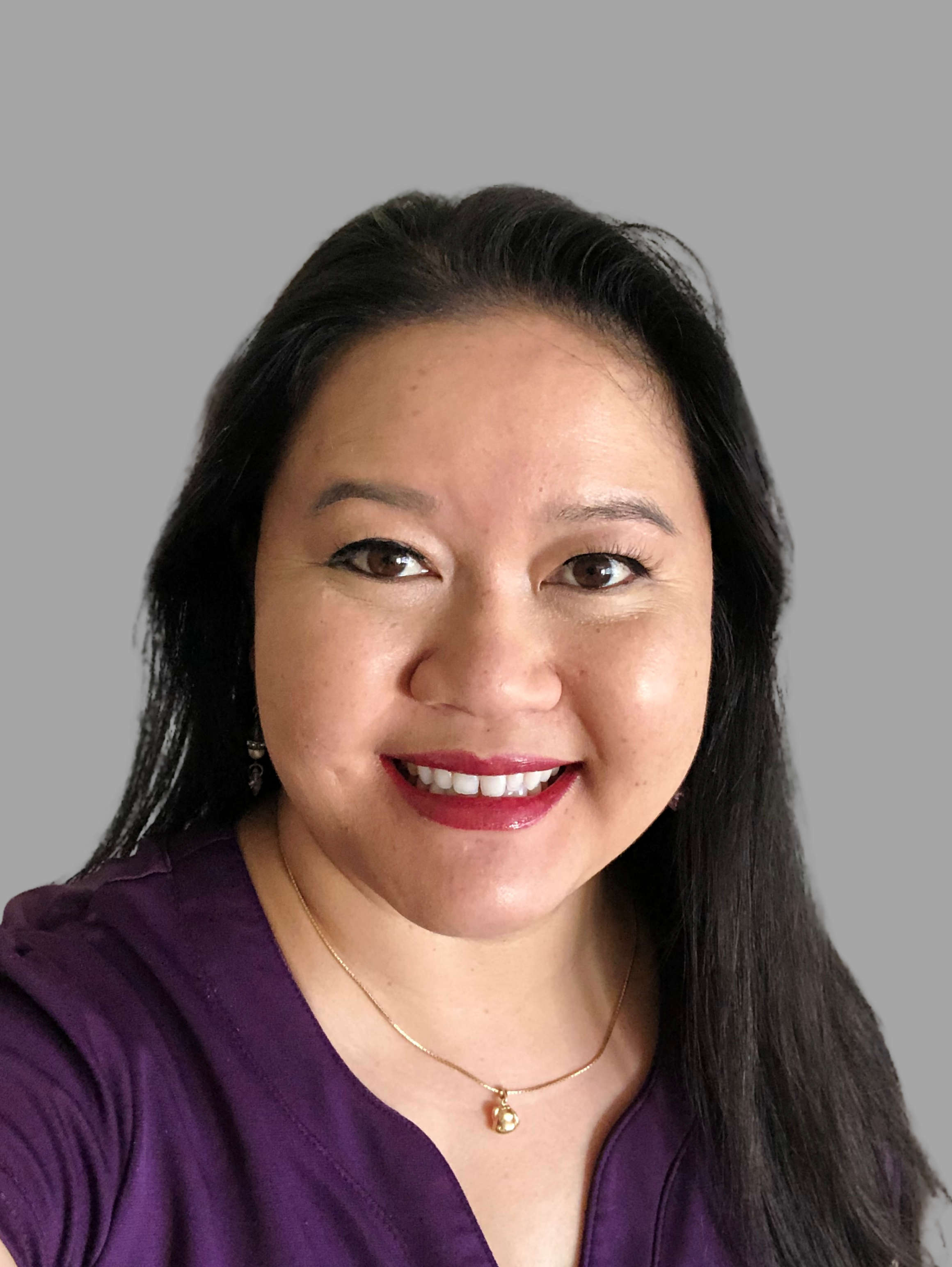
Ms. Pease believes the world is changing and STEM is incorporated in every industry in some capacity including entertainment, art, sports, fashion, etc. The skills that students learn from a STEM education allow them to use the 4 C’s: Critically thinking about problems and solutions, using their Creativity to solve issues, Collaborate with their peers, and Communicating their findings and results. These skills are essential and important, regardless of what field the students ultimately decide to pursue.
“I would like to continue to see more project-based learning in STEM education, where students are utilizing skills in different disciplines to solve an authentic problem. This is where the real engagement happens and where students are able to apply their skills in the real world. Although I’m doing my part to expose and diversify the sea of faces in STEM, I want to see more underrepresented students involved including Black, Indigenous and people of color (BIPOC), females, and students from lower-income families. The more perspectives, the better!” said Pease.
Leslie Whitaker (Capistrano Unified Education Association), Esencia Elementary, Capistrano Unified School District, Rancho Mission Viejo. Leslie has been teaching for 20 years and is currently a grade three teacher. She’s also supported many student teachers, been a Math Teacher on Special Assignment in her district, and worked with a team at the Orange County Department of Education to provide professional learning for transitional kindergarten through grade five teachers.
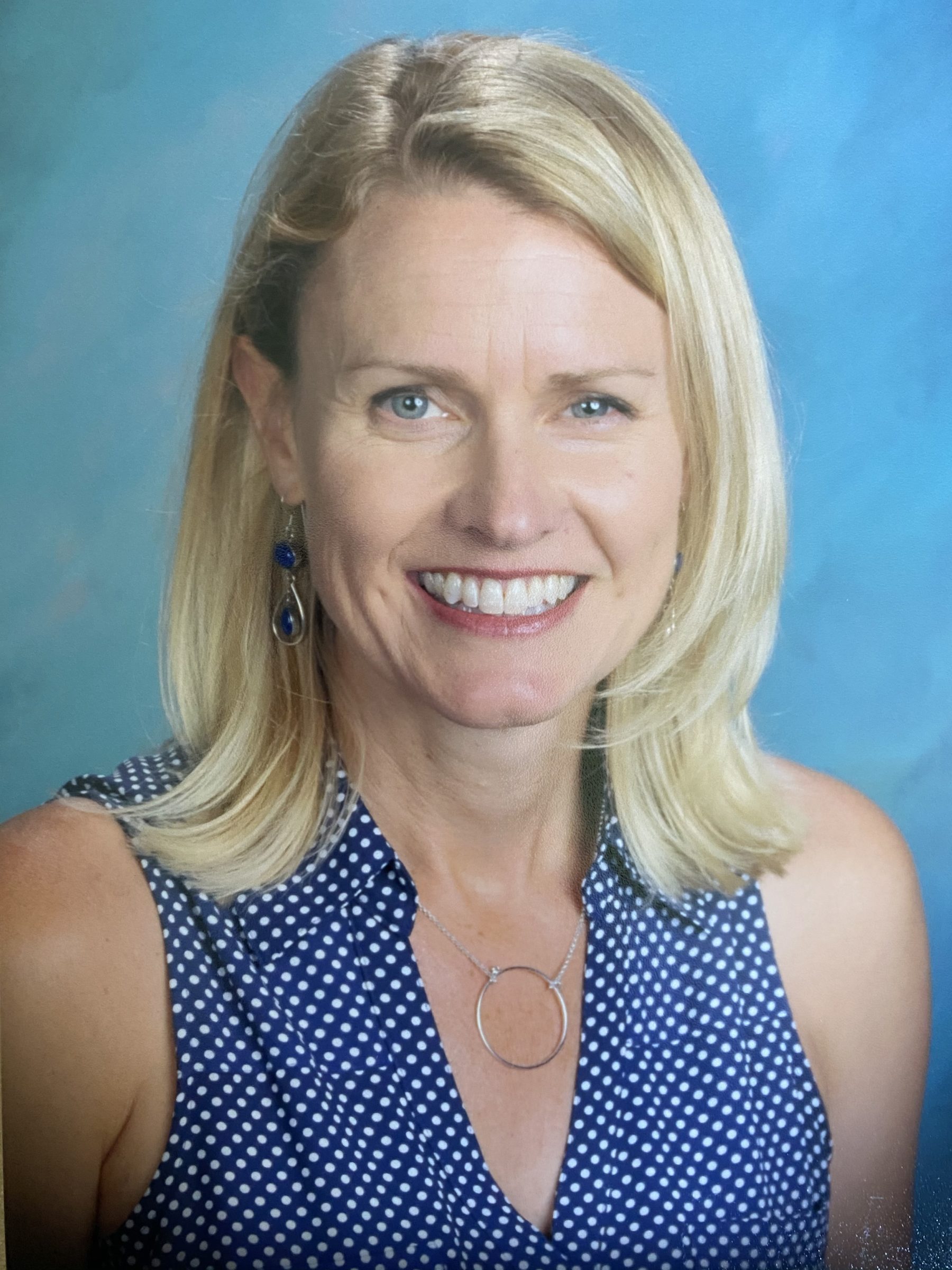
“I feel incredibly humbled to be honored at a state level along with other such impressive candidates. When I was nominated, and again when I was going through the application process, I never really considered what it would feel like to be a finalist. Overwhelmed would also characterize my feelings,” said Whitaker. Ms. Whitaker believes STEM provides a natural intersection for curiosity and innovation. When students can wonder, explore, and experiment with ideas, they express their own creativity and get hooked on learning. “STEM engages scholars as significant sense makers and contributors to the everyday classroom and opens doors to future careers. Becoming a flexible, inventive problem solver is a key skill for the 21st century citizen,” added Whitaker.
As curriculum and practices evolve, Whitaker hopes to continue to shift teaching strategies to better support mathematical and scientific practices–to ensure we engage students in learning STEM by harnessing meaningful experiences as a means to develop deep content knowledge. She also supports students of diversity to continue developing a passion for STEM to help solve challenges we face globally and locally.
Science Finalists
Angela Chavez (United Teachers Los Angeles), Vena Avenue Elementary, Los Angeles Unified School District, Arleta. Angela has been teaching for 19 years and currently teaches grade three. She was a reviewer of Science and History-Social Science instructional materials, developed engineering design extensions for district kindergarten through grade five teachers, and currently is a Girls Who Code Facilitator. Angela has presented at district and national science conferences regarding girls in science. She also provides professional learning to colleagues on the California Next Generation Science Standards, specifically on the Science and Engineering practices.
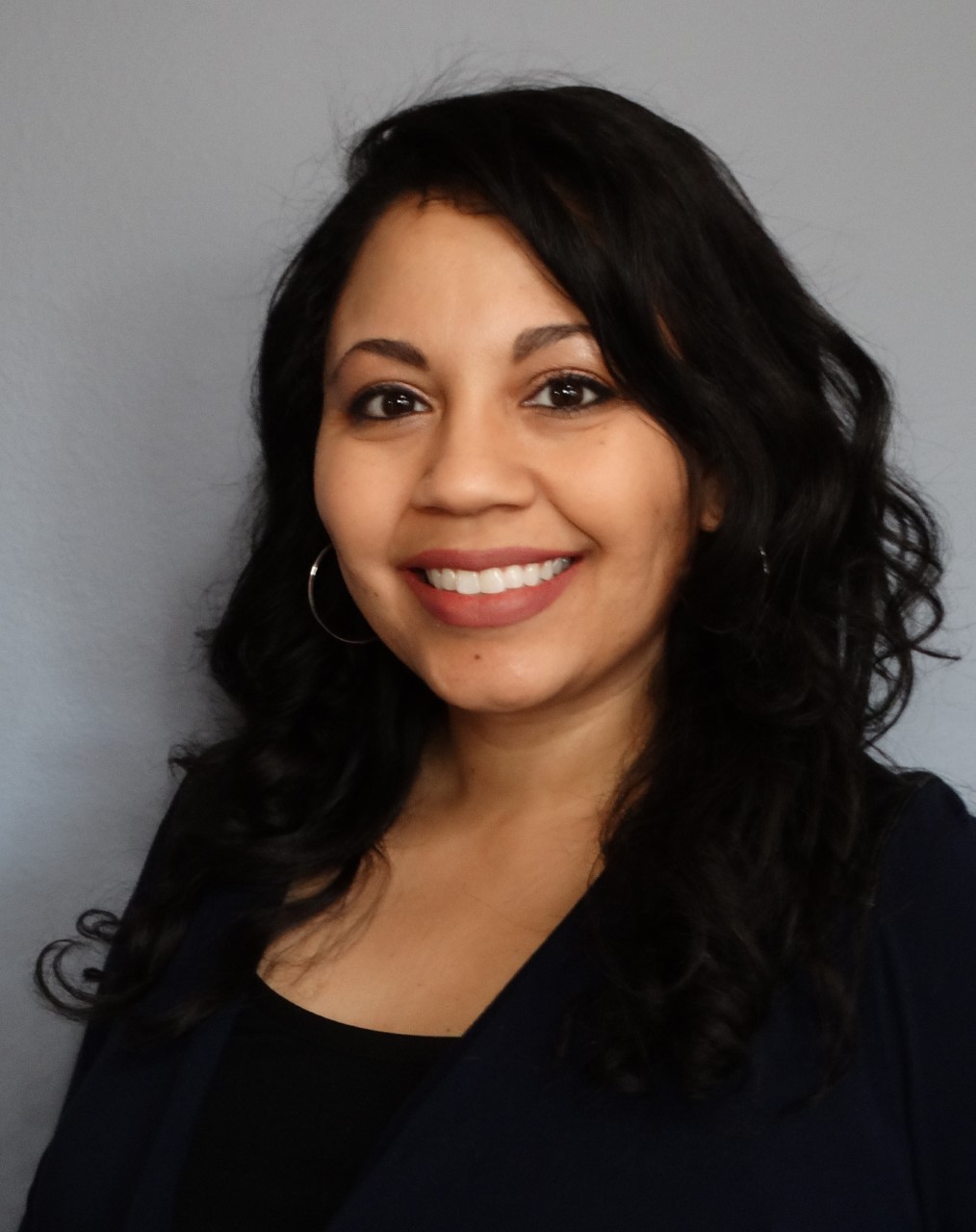
Ms. Chavez believes STEM is important for students because of the skill set they develop when they engage in experiences that promote innovation and new ways of thinking. Strong STEM instruction builds student confidence in their ability to solve problems and encourages them to take intellectual risks. STEM has also bridged a divide- students can reach out to experts through such wonderful programs like “Skype a Scientist.” They can be part of movements and speak on issues they are passionate about on a larger platform to reach an expanded audience beyond their peers.
According to Chavez, “STEM education is in a good place and has grown in such wonderful ways in regards to student access and equity, teacher training and support, and funding from when I first started teaching. There is always room to continue to evolve and transform, and it is my hope that quality STEM education continues to reach all communities. Representation has come a long way, and this has been so exciting to see.” Chavez loves that children can see themselves in STEM and women, people of color, and people with disabilities can be acknowledged and recognized as leaders and innovators.
Judy Cook (Lake Elsinore Teachers Association), William Collier Elementary, Lake Elsinore Unified School District, Wildomar. Judy has been teaching for 28 years and is a first-grade teacher. For multiple years, she was an Induction Coach and mentored teachers new to the field. Judy taught in summer literacy camps that provided support in science, reading, and art. She also works with full inclusion aides as they support their students.
Ms. Cook is another passionate advocate for STEM, because she believes that it has the power to change the world one imagination at a time. Through science, technology, engineering, and math the world changes. To spark those ideas at an early age means students start to dream and imagine how to create new things. Those “new ideas” and the changes they bring can help all of us as we venture into an unknown future. “STEM education is the gateway through which students engage in all education. It is all tied together. STEM students are not passive observers, but active participants,” said Cook.
Marlys Williamson (Chula Vista Educators), Wolf Canyon Elementary, Chula Vista Elementary School District, Chula Vista. Marlys has been teaching for 13 years and is a fifth-grade teacher. She has been a member of the grade five instructional leadership team, led professional learning with a focus on the Science and Engineering practices, led the creation of Wolf Canyon’s Design Den makerspace, and mentored student teachers from multiple teaching programs. Marlys’ class is featured on the San Diego County Office of Education website, and she has presented at multiple Next Generation Science Standard rollout events.
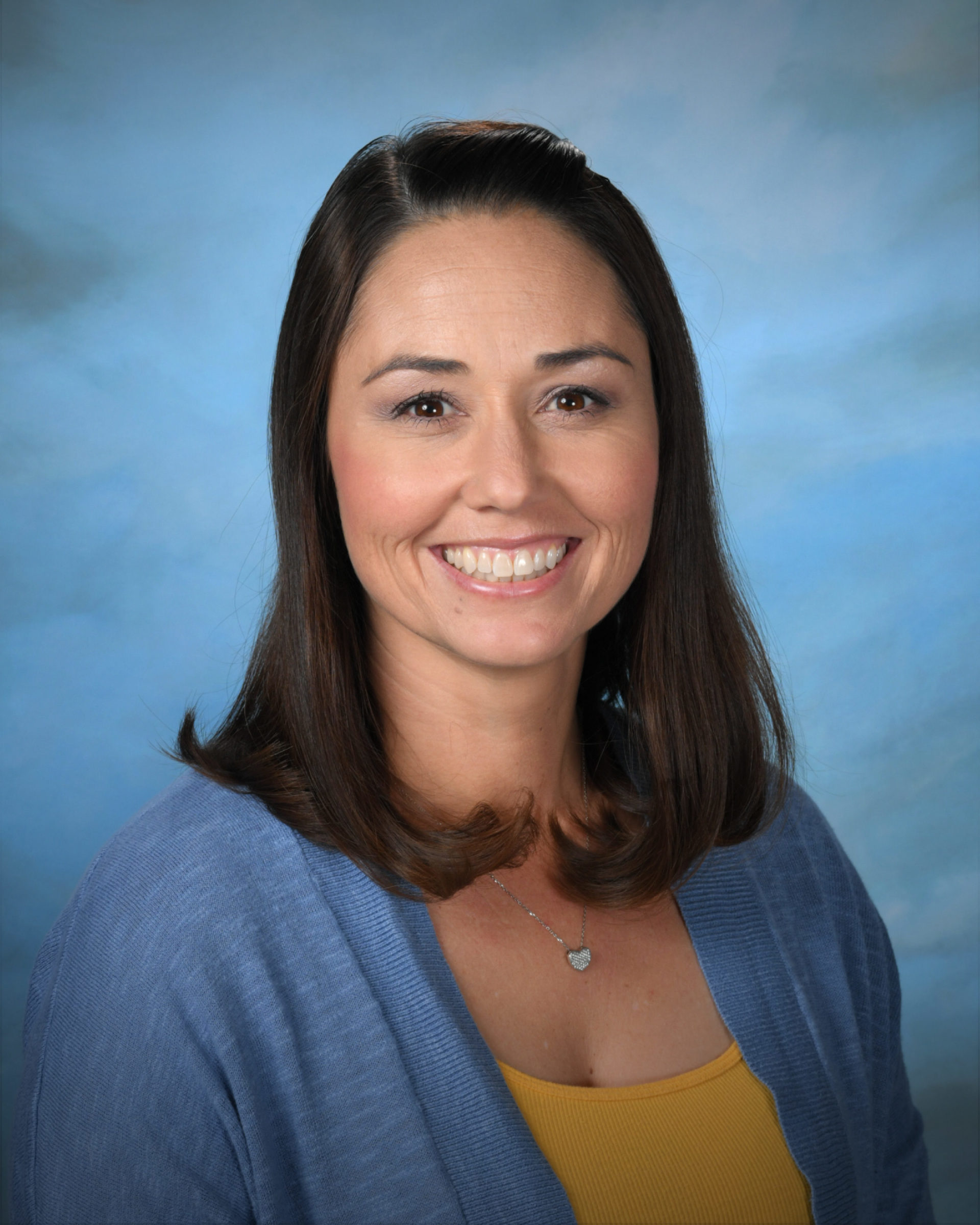
Science and STEM is education’s great equalizer according to nominee Marlys Williamson. Students of all abilities, backgrounds, and genders enter the science classroom at the same level and get to experience the same content and phenomenon. Every scientist in her classroom has a voice and adds to the learning of others. “English Language (EL) Learners, Special Education students, and minority students flourish in this environment. They feel safe and welcome to share their ideas and build upon their knowledge from those around them,” said Williamson. Students have shown tremendous gains in literacy by analyzing complex texts and writing to prompts that require support from evidence. Often the most rewarding part is seeing students with an Individualized Education Program or EL students show increased confidence and success in math and language arts, because of the communication and writing skills that they have learned in science. For Williamson, observing all her students succeed in science and make gains in all subject areas is the reason she believes in quality science education for all.